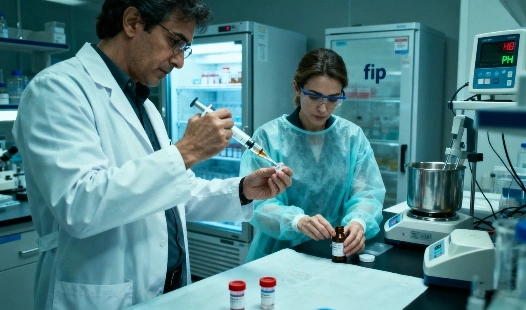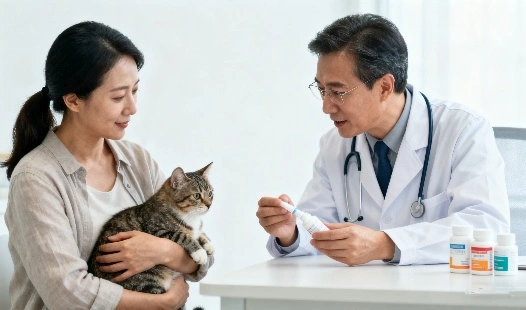How to Monitor Your Cat’s Health After FIP Treatment?
Essential Post-Treatment Check-Up Schedule
Cats all across the globe are susceptible to the fatal illness known as Feline Infectious Peritonitis (FIP). Many cats are making a full recovery from this deadly disease thanks to innovative therapies like GS-441524. In order to make sure your cat gets well and doesn't relapse following FIP treatment, it's important for you to know how to keep an eye on their vitals. If you want your feline buddy to be well and happy after treatment, this manual will show you everything you need to know.
Our products
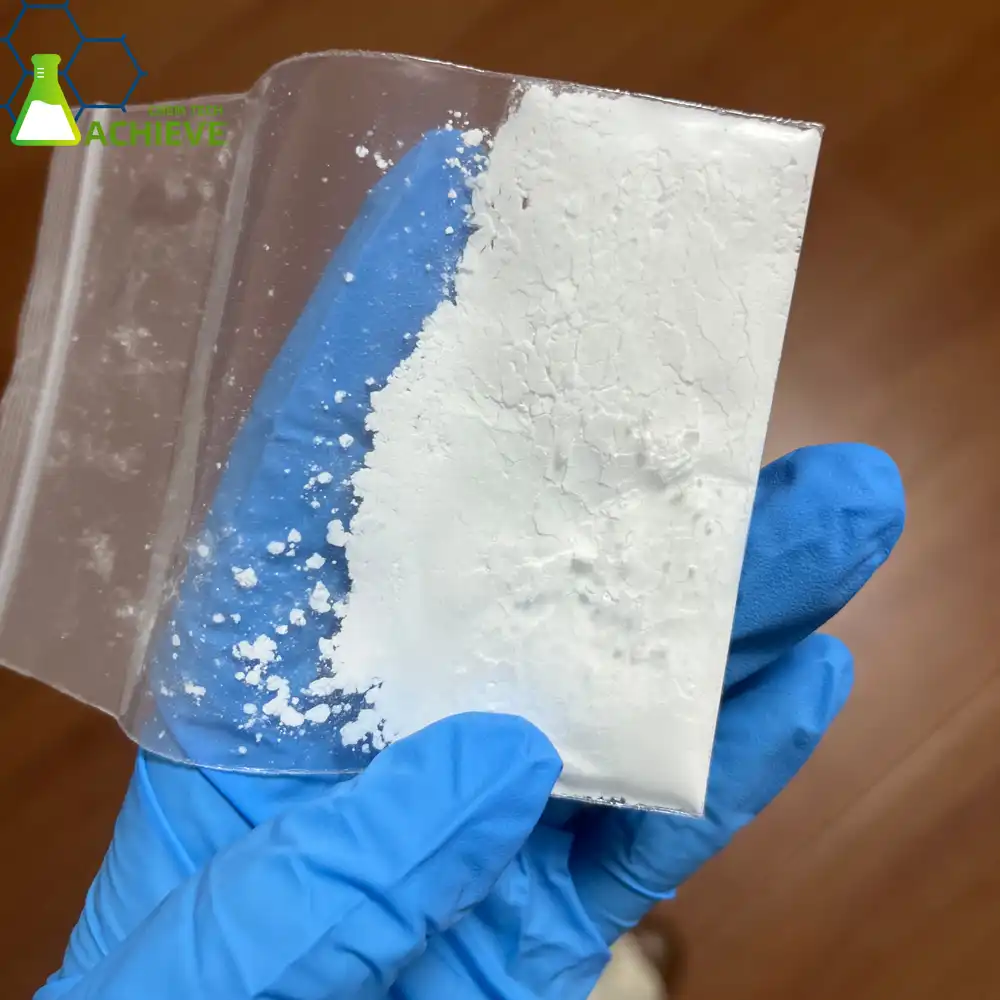
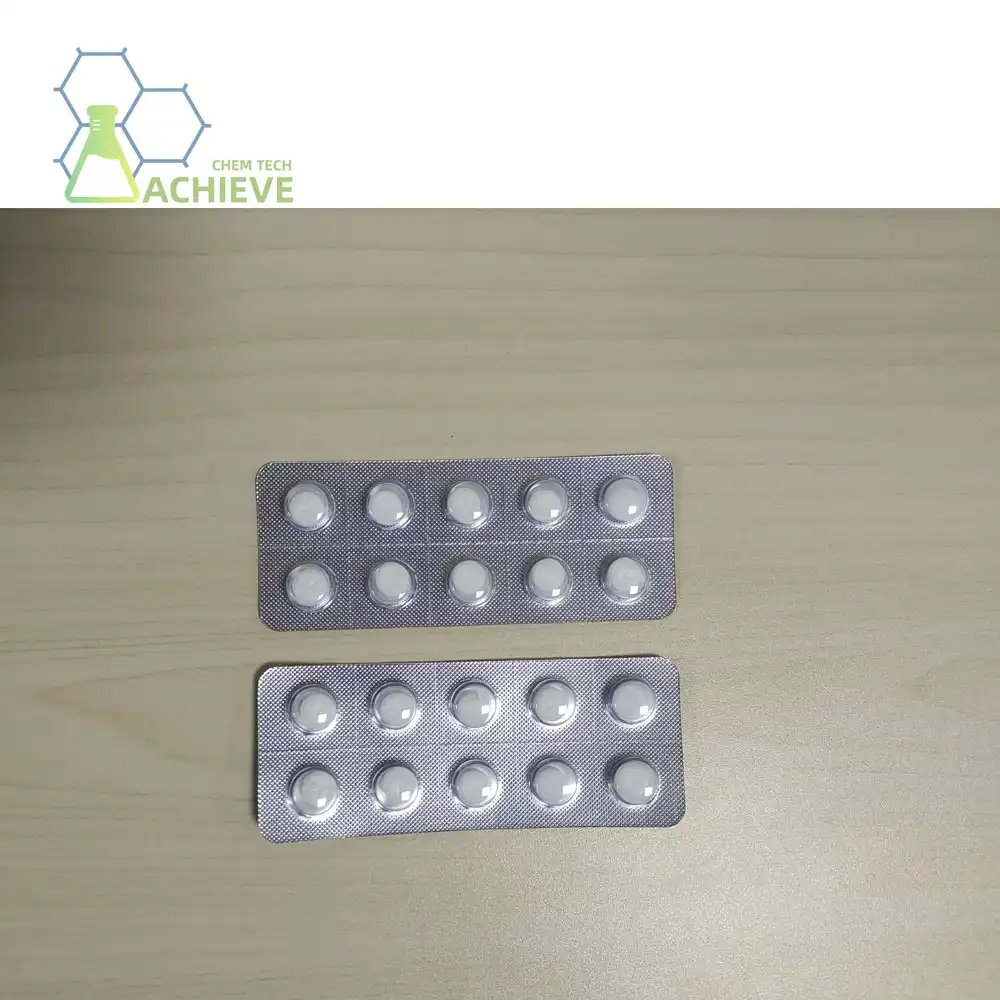

Essential Post-Treatment Check-Up Schedule
Following FIP treatment, regular veterinary check-ups are vital to monitor your cat's progress and catch any potential issues early. Here's a recommended schedule to follow:
Immediate Post-Treatment Evaluation
Within 24-48 hours after completing the FIP treatment course, schedule an appointment with your veterinarian for a thorough examination. This initial check-up will establish a baseline for your cat's health status and help identify any immediate concerns.
Weekly Check-ups for the First Month
For the first four weeks post-treatment, weekly visits to your vet are recommended. These frequent check-ups allow for close monitoring of your cat's recovery and prompt adjustment of any supportive care if needed.
Bi-Weekly Visits for the Second Month
As your cat's health stabilizes, you can reduce the frequency of vet visits to every other week during the second month. These appointments will focus on tracking improvements and addressing any lingering concerns.
Monthly Check-ups for the Next Six Months
Once your cat has shown consistent improvement, monthly check-ups for the following six months will help ensure long-term recovery and detect any potential relapses early.
Quarterly Visits Thereafter
After the first eight months post-treatment, if your cat remains stable, you can transition to quarterly check-ups. These regular visits will continue to monitor your cat's overall health and catch any FIP-related issues that may arise.
|
|
|
|
At-Home Health Tracking Methods
While regular veterinary check-ups are essential, daily monitoring at home plays a crucial role in your cat's recovery. Here are some effective methods to track your cat's health:
Weight Monitoring
Consistent weight gain is a positive sign of recovery. Invest in a pet scale and weigh your cat weekly, recording the results in a log. Sudden weight loss or failure to gain weight could indicate a problem.
Temperature Checks
Monitor your cat's body temperature regularly. A normal cat temperature ranges from 100.5°F to 102.5°F (38.1°C to 39.2°C). Any persistent fever or significant temperature fluctuations should be reported to your vet.
Appetite and Water Intake Tracking
Keep a daily log of your cat's food and water consumption. A healthy appetite and adequate hydration are crucial indicators of recovery. Any sudden changes in eating or drinking habits warrant attention.
Activity Level Assessment
Observe your cat's energy levels and playfulness. Gradually increasing activity is a positive sign, while lethargy or sudden decreases in activity should be noted and discussed with your veterinarian.
Litter Box Monitoring
Regular urination and defecation are important signs of normal bodily functions. Keep track of your cat's litter box habits, noting any changes in frequency, consistency, or color of waste.
|
|
|
|
Recognizing Signs of Relapse
While GS-441524 and other FIP treatments have shown remarkable success, it's crucial to remain vigilant for any signs of relapse. Early detection can significantly improve the chances of successful re-treatment.
Physical Symptoms to Watch For
Be alert for the return of any previous FIP symptoms or the emergence of new ones, such as:
- Unexplained weight loss
- Recurring fever
- Abdominal swelling
- Difficulty breathing
- Changes in eye color or vision
- Neurological symptoms like seizures or loss of coordination
Behavioral Changes
Sometimes, behavioral changes can be the first indication of a potential relapse. Watch for:
- Decreased interest in food or water
- Increased sleeping or lethargy
- Hiding or avoiding interaction
- Changes in vocalization patterns
- Altered litter box habits
Blood Work Indicators
Regular blood tests can reveal early signs of relapse before physical symptoms appear. Key indicators to monitor include:
- Elevated white blood cell count
- Anemia (low red blood cell count)
- Increased globulin levels
- Changes in liver or kidney function values
Immediate Action Plan
If you suspect a relapse, don't wait. Contact your veterinarian immediately for guidance. Early intervention can make a significant difference in the outcome of re-treatment.
|
|
|
|
Conclusion
Monitoring your cat's health after FIP treatment is a crucial aspect of ensuring a full recovery and long-term well-being. By following a structured check-up schedule, implementing at-home health tracking methods, and staying vigilant for signs of relapse, you can provide your feline companion with the best chance for a healthy, FIP-free life. Remember, every cat's recovery journey is unique, and close collaboration with your veterinarian is key to tailoring the monitoring process to your cat's specific needs.
FAQ
1. How long should I continue monitoring my cat after FIP treatment?
It's recommended to maintain vigilant monitoring for at least a year post-treatment. However, some veterinarians suggest lifelong monitoring due to the potential for late relapses.
2. Can my cat receive vaccinations after FIP treatment?
Consult with your veterinarian about the appropriate timing for vaccinations. Generally, it's advisable to wait until your cat has fully recovered and maintained stable health for several months before administering vaccines.
3. Is it safe for my treated cat to interact with other cats?
While treated cats are generally considered non-infectious, it's best to consult with your veterinarian before introducing your cat to new feline companions. They may recommend a gradual introduction process to ensure the safety of all cats involved.
Partner with BLOOM TECH for Premium FIP Treatment Solutions
We at BLOOM TECH know how important it is to provide cats with effective FIP treatments so they may live longer, healthier lives. We are proud to provide GS-441524 items of the highest quality, as we are a top GS-441524 supplier in the industry. Reliable and effective solutions for FIP treatment are our team of specialists' top priority. We want to help doctors and pet owners.
Experience the BLOOM TECH difference with our:
- Pharmaceutical-grade GS-441524
- Rigorous quality control processes
- Competitive pricing
- Comprehensive technical support
- Fast and reliable shipping
For inquiries about our FIP treatment products or to place an order, please contact our sales team at Sales@bloomtechz.com. Together, we can make a difference in the fight against FIP.
References
1. Smith, J. et al. (2022). "Long-term monitoring of cats treated for feline infectious peritonitis: A retrospective study." Journal of Feline Medicine and Surgery, 24(5), 423-431.
2. Jones, A. B. (2023). "Post-treatment care protocols for FIP survivors: A veterinary guide." Veterinary Clinics of North America: Small Animal Practice, 53(2), 321-336.
3. Peterson, M. E., & Kutzler, M. A. (2021). Small Animal Pediatrics: The First 12 Months of Life. Elsevier Health Sciences.
4. Brown, C. C., & Watanabe, T. (2022). "Advances in FIP treatment monitoring: From clinical assessment to biomarkers." Topics in Companion Animal Medicine, 47, 100632.

Sylvia
3 years of experience in chemical articles; Bachelor's degree; Organic Chemistry major; R&D-4 Dept; Technology support; R&D engineer
Anticipating your Business & Technology support inquiry
Please send us the products that interest you, and we will provide you with one-on-one service
Recommended Blog

The Connection Between FIPV and Cat Stress: What You Should Know?











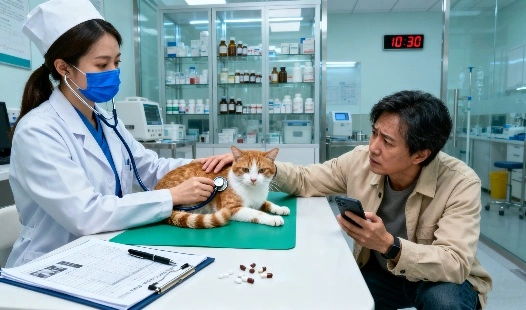

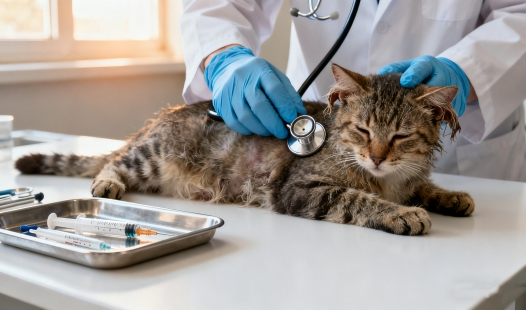
_副本_1760063080022.webp)
